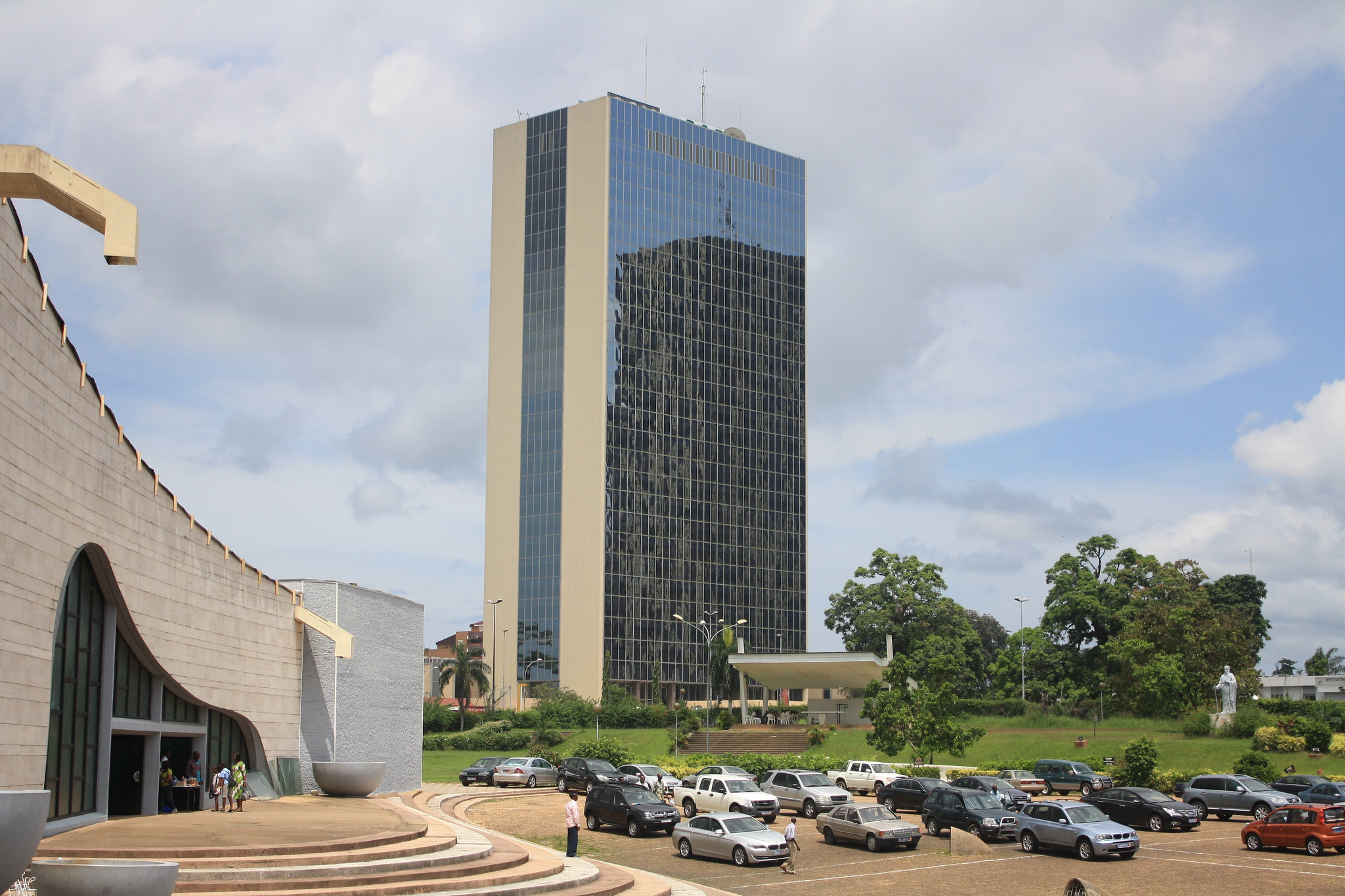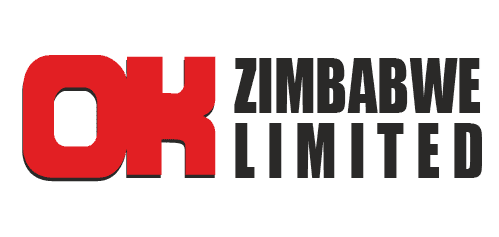Price distortions constrain cotton value chain
THE Confederation of Zimbabwe Industries (CZI) says price distortions are constraining smooth operations in the cotton-to-clothing value chain where local spinning companies and downstream operations are facing lint shortage despite availability of the raw material at home as ginners prioritise exports.
The situation is inducing a crippling strain on the cotton to textile related industries who are forced to source foreign currency to import lint, which increases costs of production and threatens business viability and jobs.
The cotton value chain provides economic and livelihood synergies through vertical and horizontal linkages with the textile, apparels, yarn, fabric, oil processing and stock feed among other industries.
In a latest research paper titled: “Pricing Distortions as a Constraint to Smooth Value Chain Operations: The Case of Cotton Lint in Zimbabwe”, CZI says there is an outcry among industry players as spinning factories are struggling to secure the critical raw material.
CZI said the prevailing price distortions were part of the general exchange rate distortions in the country, which recently prompted the Government to take drastic measures to restore sanity through clamping down on speculative market players.
“Lint prices are generally determined in the international market, including the Liverpool Cotton Index Price.
“Thus, the local ginners are price takers and they usually stick to the Liverpool Cotton Index Price as a benchmark for what they would expect,” said CZI.
“However, for Zimbabwe the pricing issue has become subjected to some complexities. Government has initiated efforts to hedge farmers against depressed producer prices and loss of value due to inflation through announcing a minimum price of seed cotton. The announced prices comprise of both United States dollar (USD) and Zimbabwean dollar (ZWL) components post-production.”
According to the report findings, local spinners say they are finding it hard to pay for locally-produced lint in US-dollars at US$0,30 per kg as they also make sales in Zimbabwean dollar terms.
“According to them, paying for lint in USD would erode into their margins. However, the failure by spinners to pay in foreign currency creates an incentive for ginners to export more lint (more than the prescribed 70 percent) as a way of sourcing foreign currency to cover their costs for procurement of raw materials as well as to maximise on returns since the local currency is overvalued at the official rate,” said CZI.
“Cotton Company of Zimbabwe (COTTCO), a key player in the ginning of cotton and the main exporter of cotton lint has currently proposed that it can only release the lint to local spinners at the 60:40 ratio in USD and ZWL price respectively.”
CZI said about 90 percent of the lint is exported, leaving local spinners with about 10 percent in a season (from May to September), which is insufficient to keep them spinning all year round.
They said the need to balance between quantities that can be exported and what can be left for local value addition was anticipated by policy.
“According to literature as well as players in the cotton value chain, there is a policy requirement that about 30 percent of the lint should be reserved for local players, while the remaining 70 percent can be exported by the ginners,” said CZI.
“Cotton lint had to be controlled to avoid the collapse of the textile industry. This means that the current practice goes against what policy had anticipated, calling for the need to interrogate the main reasons for this development.”
The largest industry body said it was surprising, however, despite the general acknowledgement that there is a 70:30 ratio for exports and local usage of lint, all efforts to locate the policy statement or the regulations, which specifically provide for this were not successful.
In coming up with a possible pathway in solving the lint problem and in reviving a vibrant cotton to clothing value chain, CZI said it has engaged with ginners and spinners and concluded that a viable cotton lint pricing model would need to be set with the input from both ginners and spinners.
“Ideally, the price of lint, which the spinners get from ginners should leave ginners indifferent between exporting and selling their lint locally. Selling lint locally at lower prices than the international market would be seen as a form of subsidy to spinners,” said CZI.
“This means that the exchange rate distortions that manifest themselves in a high parallel market margin is an issue which needs to be resolved.”
CZI said the industry players said once the pricing issue is settled sustainably, both players (spinners and ginners) can work together in regular price adjustments where necessary.
“These limit problems of ginners exporting all the lint at the expense of the local industry. This brings the importance of working as a team rather than in silos,” it said.
The industry lobby group said its members have also called for improved collaborations between industry and the responsible ministries to give timely feedback on critical issues, which enhance the value chain efficiencies.
In 2021, the value of exports from Zimbabwe’s cotton to clothing value-chain industry grew by 132 percent, earning the country US$102,2 million in export revenue. The sector’s exports were mainly driven by cotton lint and cotton yarn exports, which increased to US$85,7 million in 2021 from US$29,1 million the prior year. —-ebusinessweek;









